Composting Coloring Page for Kids: A Free Printable
Are you searching for a fun and engaging educational activity that can help kids better understand the basic concepts of composting? Download a free composting coloring page to teach them about materials that can be composted!
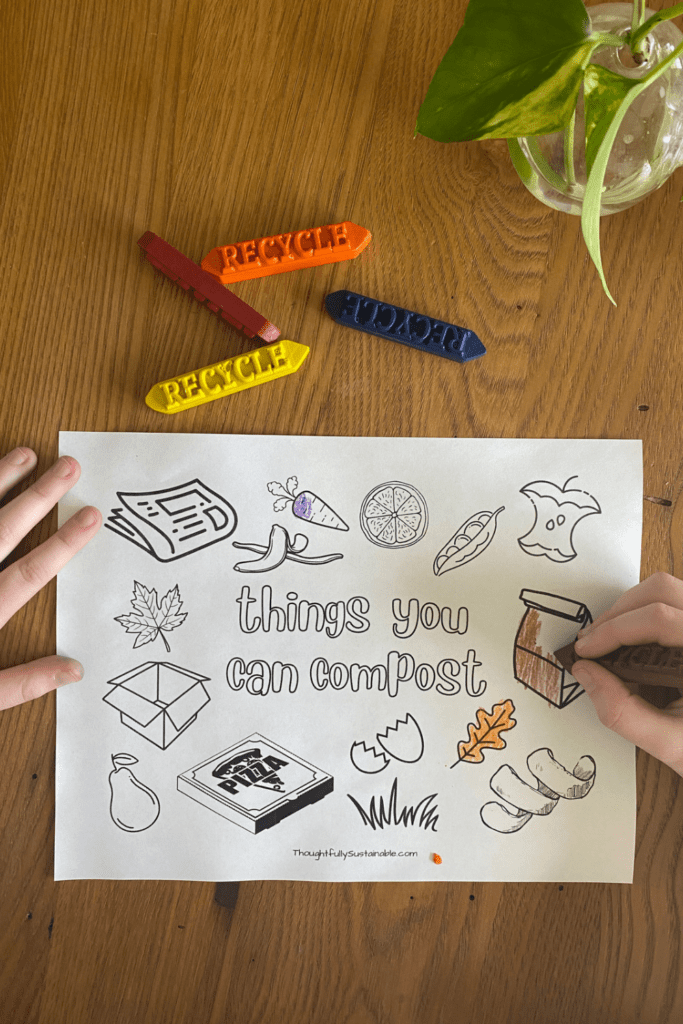
What is Composting?
Composting is a natural process of recycling organic materials, such as food scraps, yard waste, and other biodegradable materials, into a nutrient-rich soil amendment called compost. Composting involves creating an environment that encourages the breakdown of organic matter by microorganisms, such as bacteria, fungi, and insects.
During the composting process, these microorganisms break down the organic matter, turning it into a nutrient-rich material that can be added to soil to improve its fertility, texture, and structure. The resulting compost can be used as a natural fertilizer for plants in gardens, lawns, and agricultural fields.
Composting can be done at home using a compost bin or compost pile. Composting can also occur on a larger scale at an industrial facility. By composting, we can reduce the amount of organic waste that goes to landfills, where it can generate harmful greenhouse gases, and instead create a useful resource for our gardens and the environment.
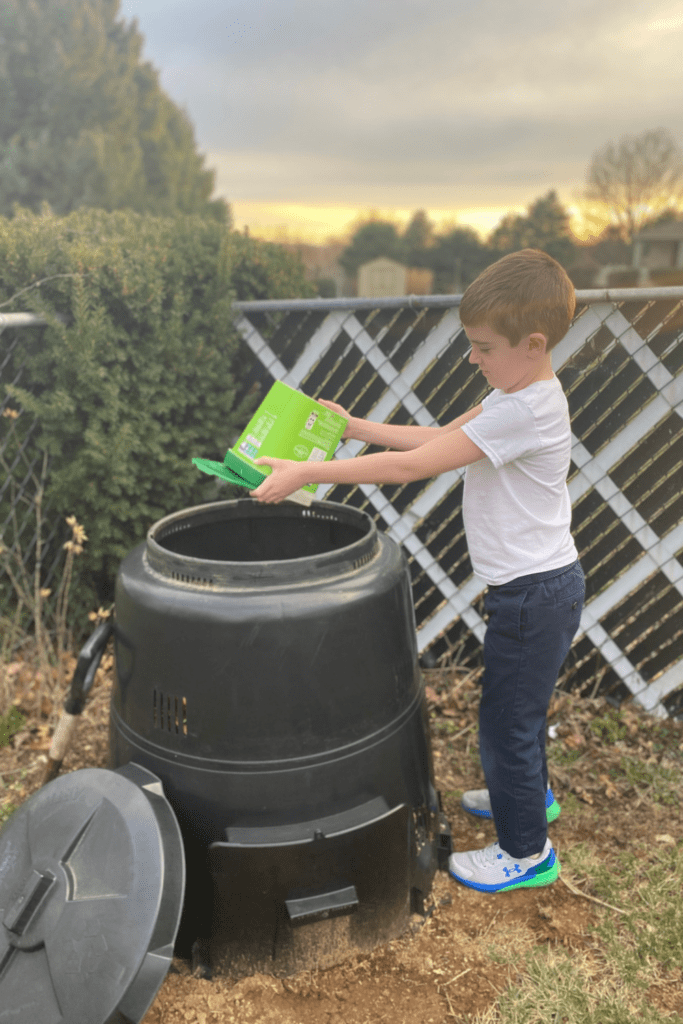

Reasons Kids Should Learn About Composting
Teaching kids about composting can have numerous benefits, including:
- Environmental awareness: Composting teaches children about the natural cycle of life and the importance of protecting the environment. They learn about how organic materials can be reused to create healthy soil for plants, rather than sending them to landfills, which can be harmful to the environment.
- Sustainability science practices: Composting promotes sustainable practices, which help to reduce waste and conserve resources. By teaching kids about composting, they learn how to reduce their carbon footprint and contribute to a healthier planet.
- Hands-on learning: Composting is a hands-on activity that provides children with a unique opportunity to learn by doing. They can observe and experiment with different composting methods, materials, and techniques, and see firsthand how the composting process works.
- Gardening skills: Composting is an essential part of gardening, and teaching kids about composting can help them develop valuable gardening skills. They learn about the importance of soil health and how compost can improve soil fertility, which can lead to healthier plants and a more bountiful harvest.
- Responsibility: Composting requires regular maintenance, and by teaching kids about composting, they learn about responsibility and the importance of taking care of the environment. They can take pride in their composting efforts and feel like they are making a positive impact on the planet.
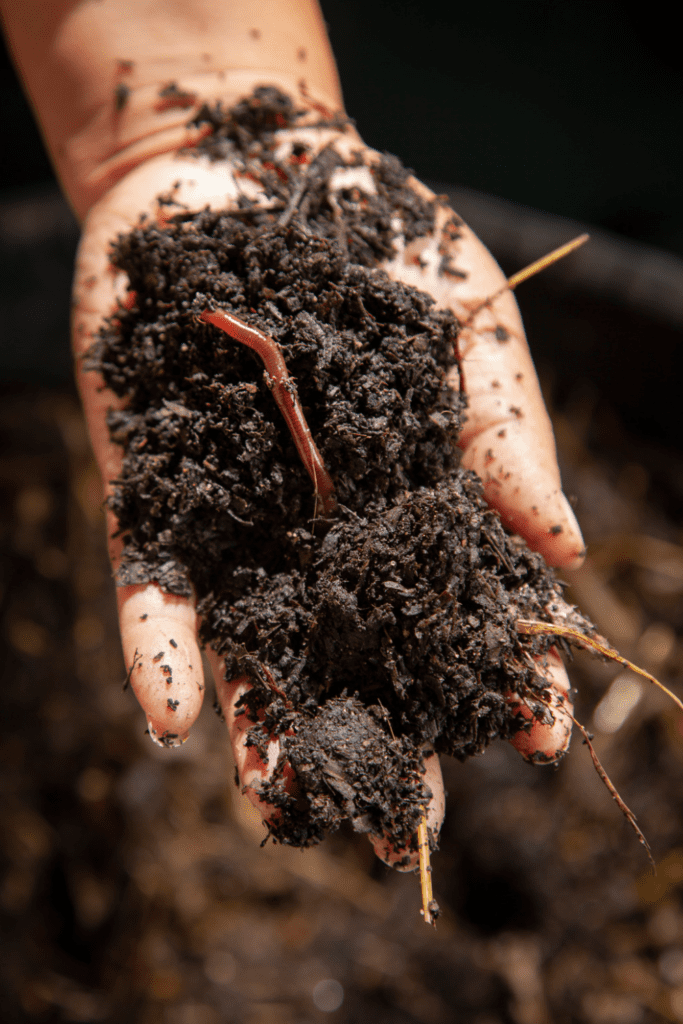

Teaching Kids the Science of Composting
The chemistry behind composting is some pretty amazing science. Simply stated, composting is nature’s recycling system. Teaching kids about composting is a fantastic way to incorporate chemistry and environmental science into one lesson. I’ve created a simple lesson you can use in any learning environment, complete with a free printable activity written in English and Spanish, to introduce the science of composting to your learners. Read more about the chemistry of composting here and download the free activity.
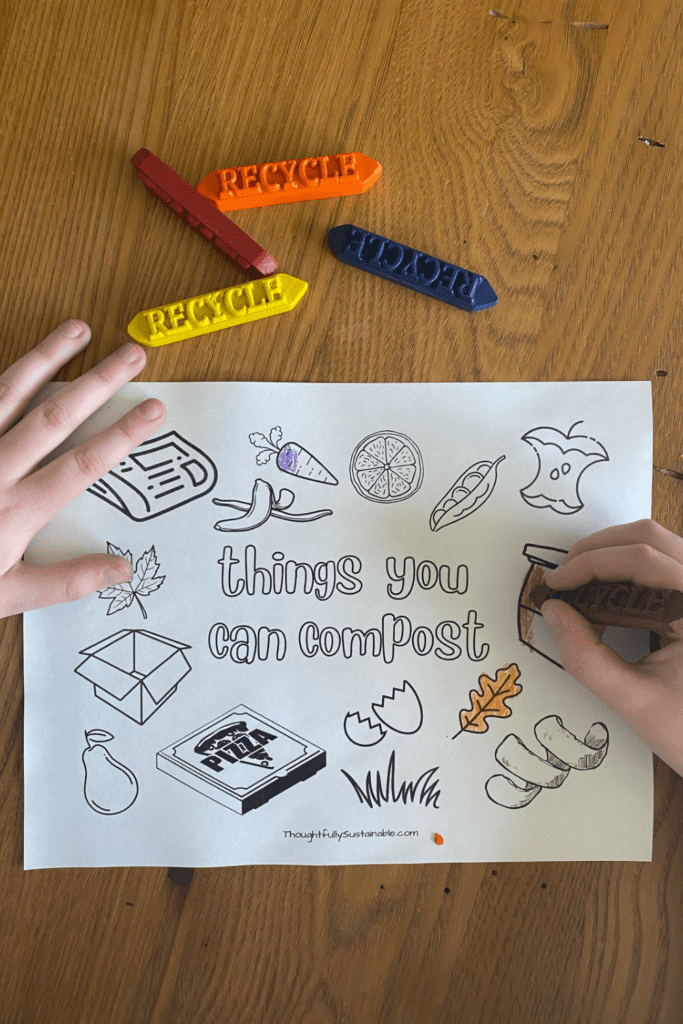

Free Composting Coloring Page
Once you’ve covered the basics of composting, reinforce the concepts they’ve learned by having them color a free composting coloring page! Coloring can be a helpful tool in teaching students about a topic in several ways:
- Attention and focus: Coloring can help students pay attention to the topic at hand and focus on the details of what they are learning. As they color in the various compostable items, they may discuss other household materials that can be composted, which can enhance their understanding of the subject matter.
- Engagement: Coloring can be a fun and engaging way to learn, especially for younger students. It can help to make learning more enjoyable and less intimidating, which can improve their attitude toward the subject and their motivation to learn more.
- Memory retention: Coloring can also aid in memory retention by providing a visual and hands-on representation of the topic. As students color in a picture related to the topic, they are associating the visual information with what they have learned, which can help them to remember it better.
- Creativity: Coloring can encourage creativity, as students may choose to use different colors or create their designs. This can help to reinforce their understanding of the topic by allowing them to approach it in their way.
Coloring can provide a fun and interactive way to learn and help students to remember what they discussed about composting. Get your free copy of the “What You Can Compost” coloring page by entering your email address below!
How to Use the Composting Coloring Page with Kids
The composting coloring page depicts items that can be composted in a backyard compost bin or an industrial composting facility. The items included are:
- newspaper
- banana peel
- carrot
- grapefruit
- peas
- apple core
- brown bag
- leaves
- citrus peel
- egg shell
- grass
- pizza box
- pear
- cardboard box
This is not an exhaustive list of all of the things that can be composted, but serves as examples of items that will break down organically in a backyard bin or industrial facility. As the students color the page, engage them with the following questions:
- Which items on the page are considered “greens”? (fruits and vegetables)
- Which items on the page are considered “browns”? (leaves, cardboard, paper, boxes and eggshells)
- Does the presence of the pizza box mean that you can compost pizza? (no – just the box!)
- What items do you see around you that could be added to the coloring page?
As a learning extension, challenge your learners to create a picture that includes things that cannot be composted, or to create an additional picture that includes items that can be composted that are not on the original coloring page. Getting creative with composting facts will enhance your students’ understanding of this sustainable practice.

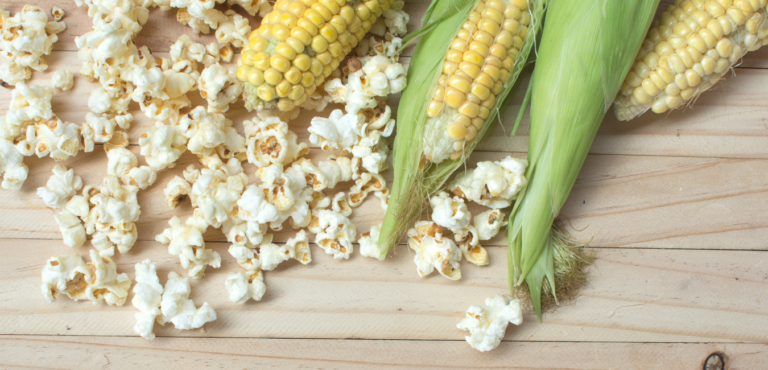
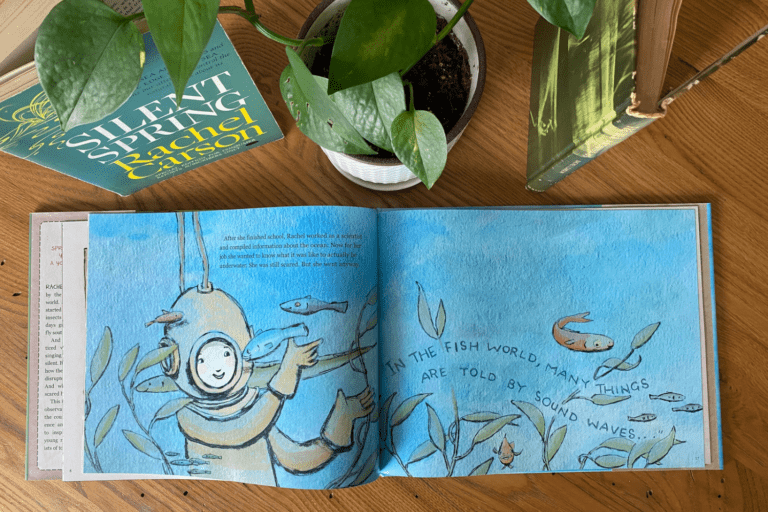
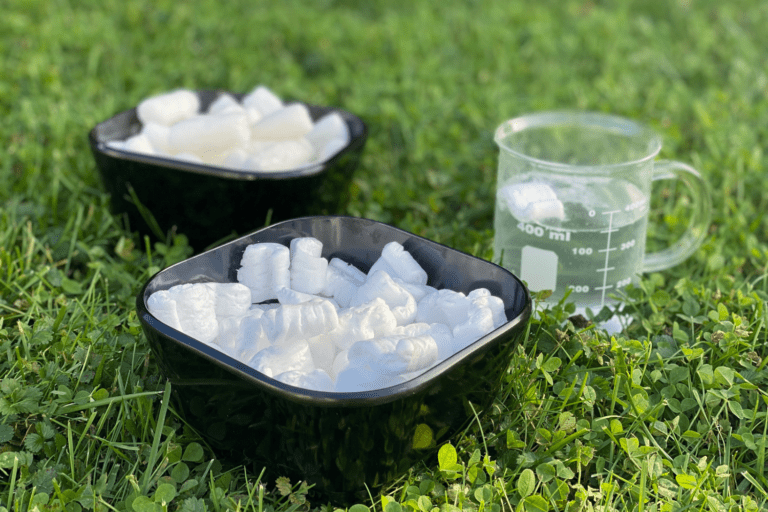
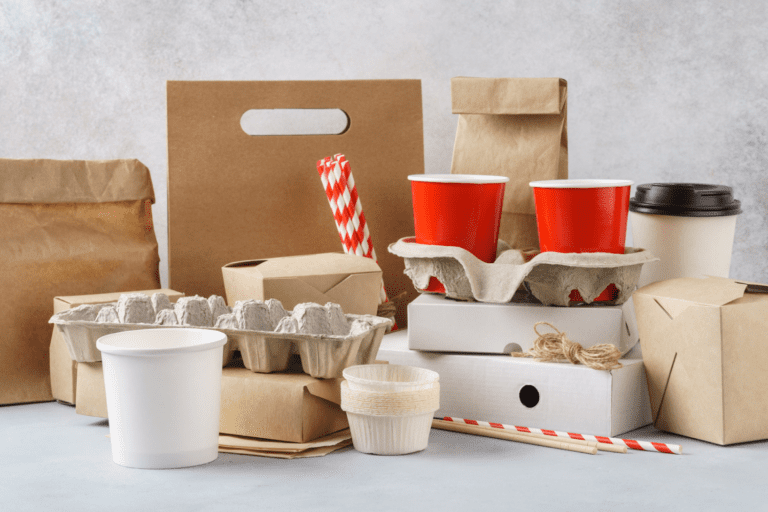
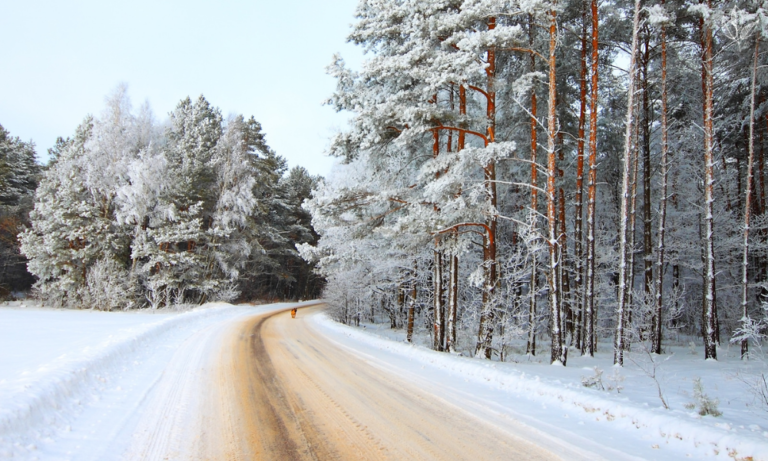
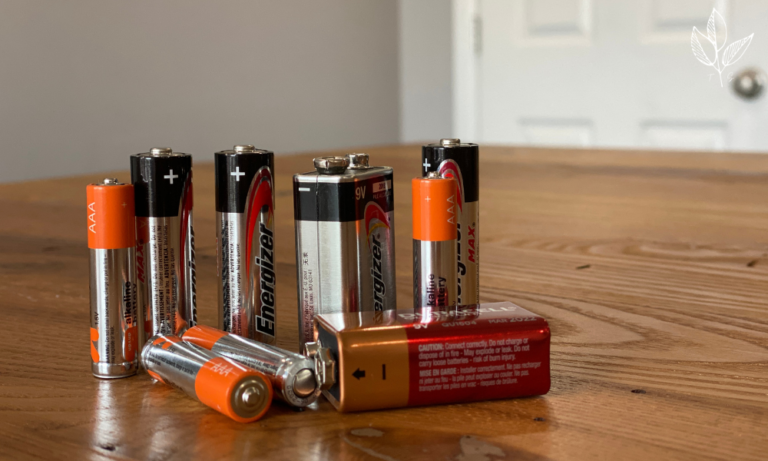
One Comment
Comments are closed.